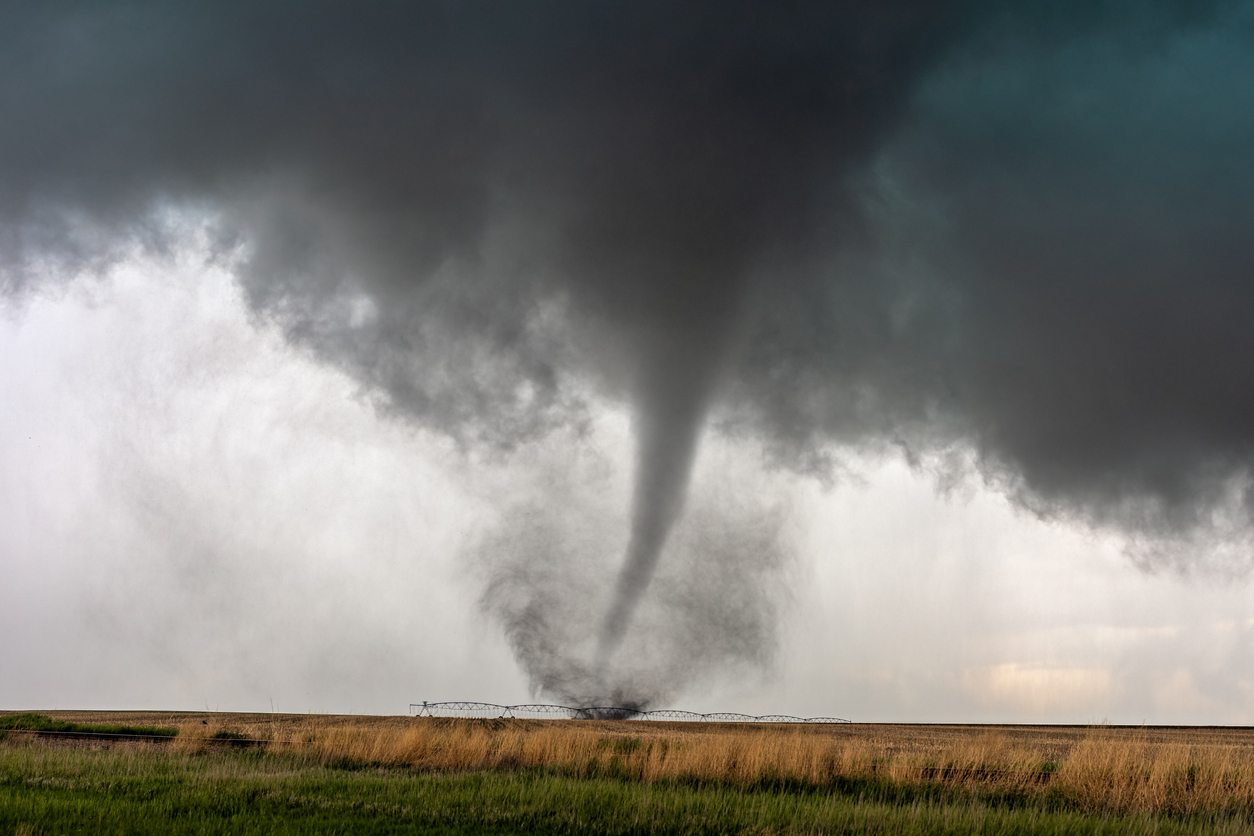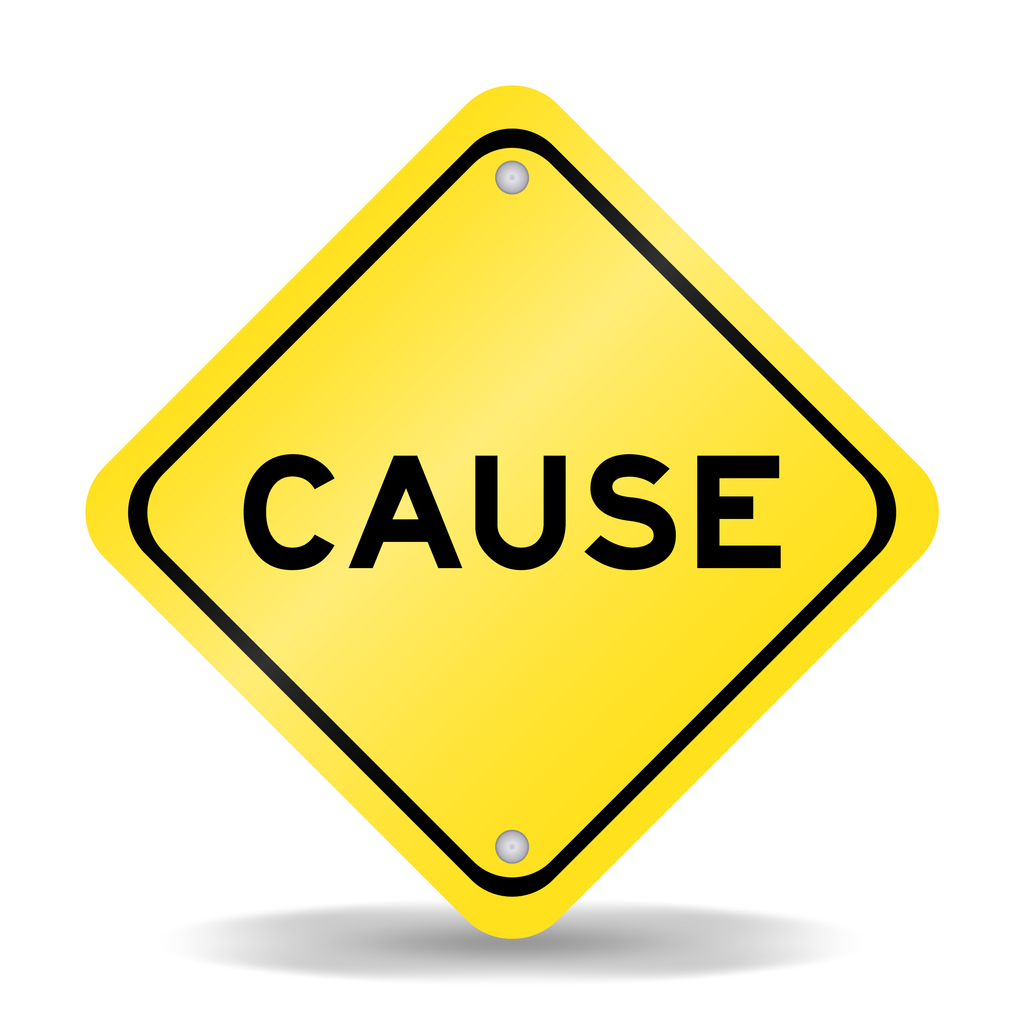What exactly is a “windstorm” in a property insurance policy? Are tornados windstorms? When not defined in an insurance policy, is the term “windstorm” inherently ambiguous? Yesterday’s post, What Is a Windstorm? A California Perspective, was about a California interpretation of windstorm. Today’s lesson is from a recent Texas appellate case providing a classic discussion of these nerdy coverage issues involving the definition of a windstorm. 1
The facts of the case were recited by the court:
On October 20, 2019, a tornado accompanied by a two-minute rainstorm struck and severely damaged the Mankoffs’ home and the surrounding area. The parties dispute whether the tornado was an EF-1 or EF-2 tornado and whether the tornado winds were consistent with 110–125 mph winds or 111–135 mph winds. The fact a tornado damaged the Mankoffs’ home, however, is not disputed.
The Mankoffs held a homeowners’ insurance policy through PURE. They notified PURE of their loss and filed a claim for damages totaling $748,858.19. PURE paid only a portion of the claim because PURE maintained the tornado that struck and damaged the home was a windstorm and, therefore, the claim was subject to the policy’s ‘Windstorm or Hail Deductible.’
…
… After applying the windstorm deductible of $87,516, PURE paid $656,702.19 on the claim. The Mankoffs contend the deductible should not have been withheld because the tornado that caused the damage was not a windstorm…
The primary question posed to the court was whether a tornado is a windstorm:
The Mankoffs argue the summary judgment should be reversed and judgment rendered for them because ‘windstorm’ is an ambiguous term, their interpretation that a tornado is a different type of storm than a windstorm is reasonable, and the trial court was required to construe ‘windstorm’ per the Mankoffs’ interpretation and to conclude the deductible does not apply to their claim. PURE, in contrast, maintains the undefined term ‘windstorm’ unambiguously applies to damage caused by a tornado. Because the deductible is an exclusionary provision, we must adopt the Mankoffs’ construction if we conclude ‘windstorm’ is an ambiguous term and the Mankoffs’ construction is not unreasonable.
The appellate court noted the basic rules of construction to determine if a term is ambiguous in Texas:
[W]e construe the terms of the contract as a whole and consider all its terms, not in isolation, but within the context of the contract….If a contract can be given only one reasonable meaning, it is not ambiguous and will be enforced as written….On the other hand, if a contract is susceptible to two or more reasonable interpretations, it is ambiguous….Whether a particular provision or the interaction among multiple provisions creates an ambiguity is a question of law…The fact the parties may disagree about the policy’s meaning does not create an ambiguity….When an alleged contract ambiguity involves an exclusionary provision of an insurance policy, then we must adopt the construction urged by the insured if that construction is not unreasonable, even if the construction urged by the insurer appears to be more reasonable or a more accurate reflection of the parties’ intent….The insurer has the burden of proving that a policy limitation or exclusion constitutes an avoidance or an affirmative defense…. [Citations omitted]
The policyholders offered dictionary definitions demonstrating the difference between windstorms and tornados:
In the trial court, both sides offered examples of the definition of ‘windstorm.’ The Mankoffs argued the common, ordinary meaning of ‘windstorm’ was a storm with damaging winds that may or may not be accompanied by precipitation but does not include a tornado. In support, they cited the online version of the Encyclopedia Britannica, which defined ‘windstorm’ as follows:
Windstorm, a wind that is strong enough to cause at least light damage to trees and buildings and may or may not be accompanied by precipitation. Wind speeds during a Windstorm typically exceed 55 km (34 miles) per hour. Wind damage can be attributed to gusts (short bursts of high-speed winds) or longer periods of stronger sustained winds. Although tornadoes and tropical cyclones also produce wind damage, they are usually classified separately….
https://www.britannica.com/science/windstorm (last visited November 9, 2023).
The policyholders offered an expert meteorologist who defined the terms differently:
The Mankoffs also argued ‘meteorologically, tornados and windstorms are different animals.’ They referenced expert testimony from Daniel Schreiber, a Certified Consulting Meteorologist, in which he explained tornados and windstorms are materially different in the way they are measured, classified, warned about, and defined within the meteorological profession. In his report, Schreiber stated the term ‘windstorm’ was not included in the American Meteorological Society’s Glossary of Terms (AMS Glossary) until March 2, 2021, and the National Weather Service does not issue any alerts or warnings for a windstorm as it does for tornados. According to Schreiber, tornadoes ‘have always been warned for as ‘tornadoes,’ and are referenced as ‘tornadoes,’ not ‘windstorms,’ in the meteorological community.’ He also confirmed the AMS Glossary does not define a tornado as a windstorm, and ‘neither does the term ‘windstorm’ mention a ‘tornado.’ ’ The AMS Glossary defines windstorm as:
A storm in which winds (that could be damaging) are its most impactful or distinctive aspect. Windstorms may be accompanied by precipitation (e.g., during a downburst or a derecho) or not (e.g., during a duststorm or a sandstorm).
https://glossary.ametsoc.org/wiki/Windstorm (last visited November 10, 2023). The definition of tornado in the AMS Glossary does not mention windstorms and indicates other weather events involving swirling winds, such as gustnados and dust devils, are classified differently than a tornado.
The policyholders also noted how the media refers to tornados and windstorms differently:
On appeal, the Mankoffs also cite the media coverage of weather events in Dallas as evidence tornados are classified separately from windstorms. Specifically, in June 2019, a windstorm with straight-line winds hit Dallas. The Dallas Morning News described that event as a ‘windstorm,’ not a tornado. When describing the October 2019 storm that damaged the Mankoffs’ home, however, the newspaper referred to that event as one involving tornados, not a windstorm or heavy winds. The Mankoffs also assert Texans understand the difference between a windstorm and a tornado, and recognize each as a distinct peril, because the media, meteorologists, and other Texans describe them as distinct events, and Texans are warned of each type of storm differently and educated in the unique ways to protect themselves from these different meteorological events.
While the insurer argued the opposite, the court found for the policyholders on the issue of ambiguity, stating:
After reviewing the insurance contract language in its entirety and after applying our well-developed rules of construction, it is our opinion that the term ‘windstorm,’ as used in the policy, is reasonably susceptible to more than one meaning, and that it therefore is ambiguous….The Mankoffs and PURE cite authorities defining ‘windstorm’ in different ways. The definitions provided by those authorities were facially reasonable but conflicting. Under this record, we conclude ‘windstorm’ is an ambiguous term in the policy.
…
…we conclude the ‘Windstorm and Hail Deductible’ is ambiguous because the term ‘windstorm’ is undefined and subject to more than one reasonable meaning. Further, we conclude the Mankoffs’ interpretation of the term was reasonable and required the trial court to construe the deductible in their favor.
Possibly, I should amend an older post I wrote in 2010, Tornadoes are Windstorms and Often Have Subtle Damages Which Can Be Significant and Easily Overlooked. However, the term is construed against the insurer if it is undefined, so if the policy covered windstorm, I am certain the court would not allow the insurer to argue that a tornado is not a windstorm in that context.
Thought For The Day
The single biggest problem with communication is the illusion that it’s taken place.
—George Bernard Shaw
1 Mankoff v. Privilege Underwriters Reciprocal Exchange, No. 05:22-00963-CV, 2024 WL 322297 (Tex. App. Jan. 29, 2024).




